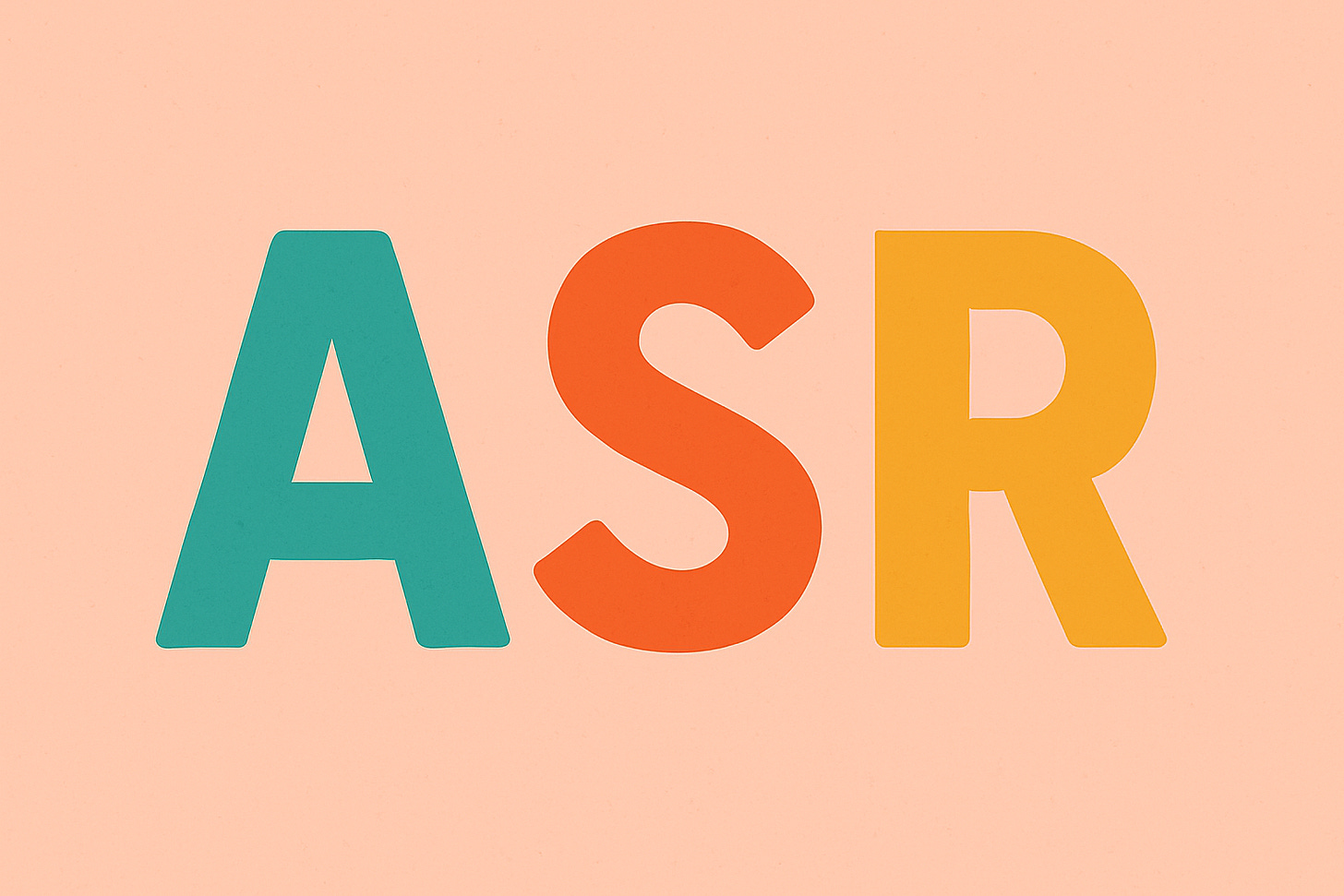Get to the Point
If people tune out when you talk, try this.
I was taking this holistic voice class where we did a mix of stretching, breathing, and other practices to connect voice and body.
It was mostly great – except for one exercise where we had to stomp around the room beating our chests and chanting, “Me! Me! Me!,” which felt really cringe and probably worth a journaling session.
During the break, I walked up to the instructor and said, “I don’t live in London.”
She looked at me, confused before I added, “So I’ll have to leave a little early to catch my train.”
If I’d wanted to speak more clearly, I could’ve just said: “I might need to leave a bit early, because I don’t live in London and need to catch my train.”
That version gives her the point first, so she understands why I’m telling her where I live.
And it got me thinking about how often people, who have brilliant things to say, lose their listeners because they lead with too much backstory. This confuses people because they don’t know where you’re taking them, and so they space out.
Why we front-load with backstory
For many of us, leading with a lot of preamble is our natural way of speaking. We frontload the conversation with lots of details because we want to make sure the other person really understands the whole story. This feels generous and orderly.
But often, all this information muddies our message.
Let’s say your boss brings you into his office. He wants a yes or no answer on something and you launch into the history of the project, thinking you need to bring him up to speed first. He gets annoyed and says, “Just give me the answer.”
He’s what’s called a top-down thinker – he wants the big picture first, then the details. Bottom-up thinkers, on the other hand, like to build toward the answer.
There’s nothing wrong with bottom-up thinking – when it comes to communication, it could even be preferred depending on the audience and context.
But if you find people’s eyes glazing over when you talk, you might want to try speaking in a more top-down way.
In other words…
Get to the point, and then share your why.
A simple shift in how you speak
If someone asks you a question, answer the question before walking them through your thought process behind it.
I’ll talk you through an exercise I did with myself.
As I was walking along the beach, I pondered how I’d answer this question I’ve heard a few podcast hosts ask: “What’s something you’ve changed your mind about lately?”
In my head, as the pretend podcast guest, I started mentally explaining how:
I have hundreds of audiobooks and podcasts on my phone. I like the double benefit of walking while listening, and I’m sad that there’s so much I won’t get to read or listen to in this life – there’s so much content out there! But lately, I realized I’m not enjoying listening to audio at double speed as much as I used to. I’m not retaining what I hear as much and I’m also not fully taking in the nature around me – the sound of the waves, the birds, the trees.
Eventually I got to the thing I changed my mind about: I decided to stop listening to headphones on my morning walks – at least for part of the time.
Now, if I were having this conversation with a friend, I may have shared in a bottom-up way – I enjoy when certain friends take me on wild conversational rides – tangents and detours and deep dives that loop back around.
But if I were on someone else’s podcast answering that question, I may have sounded lost and all over the place.
Sidenote: In that holistic voice class I took, one of the students said, “I bore myself when I talk” – bottom-up communication could be one reason why. If other people seem to be lost or bored when we speak, we’ll likely be bored, too.
If I wanted to respond to that podcast question in a more direct way, I could’ve said: “I changed my mind about walking and listening to audio at the same time.
And then I could share why:
The content isn’t sticking the same way and I realize I want to be more present in the world as I walk around. I want to give myself space to think and not try to consume information into every moment. And there’s some grief to that. Because it makes me sad to know that there are thousands of brilliant books out there and I don’t have enough time in this life to read them all. This means I have to be more mindful about what I consume, and when.
And that would give my imaginary podcast host all sorts of conversational threads to pull from – haha (Please tell me you have these interviews in your mind, as well!)
Answer, Story, Recap – ASR
One simple way to shift your style without losing your voice is what I call ASR: Answer → Story → Recap.
If you want to sound clear when asked a question, use this framework to:
Answer the question you’re asked.
Share why you believe that – what’s the story behind your answer?
Reiterate your point by recapping what you just said.
Point-first, context-second communication gives your listeners guidance on where you’re taking them, and can be incredibly helpful in certain contexts, such as when:
you’re in a meeting and someone asks you a direct question.
you’re being interviewed and don’t want to get lost in your own thoughts.
you want to hold people’s attention and know you have a habit of over-explaining / meandering.
Getting to the point also helps people feel listened to. Have you ever started answering a question, gone off on a tangent, and realized you don’t even remember what the person asked?
Responding to the question they actually asked can make you feel more present and part of the conversation.
Bottom-up communication has its place!
Not every conversation needs to be crisp and direct. Again, I actually love when conversations with friends take all kinds of twists and turns. And I love when podcasts and books share stories upfront and then ease their way into the point. Stories make us care – they are what sticks with us.
As Aristotle said, great communication includes:
Ethos – This is your credibility. Do they trust you?
Pathos – This is your ability to elicit emotion. Do they feel something?
Logos – This is your ability to share your ideas clearly. Do they understand?
Pop quiz
Test your communication style. Which of these two phrases do you like better?
Version 1: “Yesterday, I looked up and the whole sky was bright blue. Isn’t it cool how light does that? That’s because of how sunlight scatters in the air.”
Version 2: “The sky is blue. That’s because sunlight hits the atmosphere and scatters blue light.”
Personally, I like the dreaminess of version one and I can imagine a dad outside with his little boy sharing his enthusiasm for how the world works. Give me the emotion before the logic! But both options are valid.
Good communication is about asking:
Who’s listening and how do they take in information?
What’s the context? Is this a good time for a story, or do I need to get down to business?
If you’re not sure, try this:
When you want to connect, start with story.
When you want to be clear, start with the point.
When you want to be memorable, incorporate both in the order that’s appropriate.
To sum this up, “get to the point” is not a rule, it’s a tool to help you sound more clear and polished. And when you pair that with warmth, story, and curiosity, you will keep people’s attention.
If you want to stop rambling and feel more confident when you speak, head here 👉 to grab your conversation cheat sheet.






